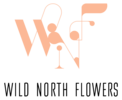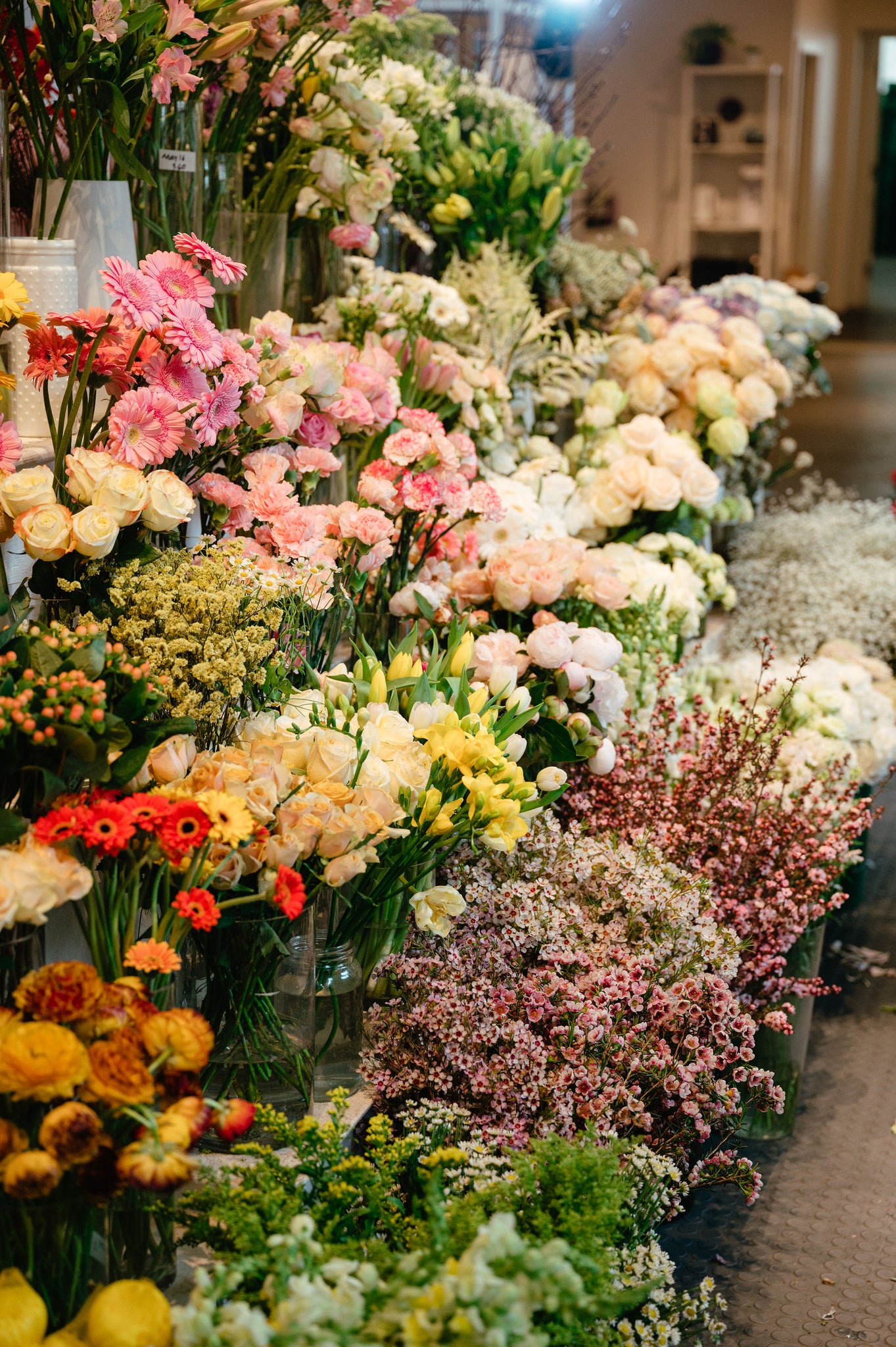Becoming a florist in Canada doesn’t have any formal education requirements or prerequisites (although you should at least have a high school education before pursuing a career in floral design). Unlike in many other parts of the world, there is no certification required to call yourself a florist. That means the "barrier to entry" is quite low. Which can be seen as both a good and a bad thing.
Just because floral certification is not required in Canada, that doesn’t mean there aren’t amazing formal training courses and workshops available to fast-track your progress to becoming a professional floral designer. Because there are so many educational modes of learning, you can tailor-make a plan that is best for you.
There is a lot of information that aspiring florists must learn (and master) besides the physical act of creating arrangements in different styles. If you want to become a florist, you will also need to understand the proper care, seasonality, and sourcing of flowers year-round. You will have to learn the names of most cut flowers and greenery. You will need to learn "flower math", and understand the basic business principles of floristry. Depending on where you work, you may need to learn a lot about plant care.
Some options to consider for a floral career are:
-
Traditional Certification: College programs will cover the widest range of material over the course of several semesters. This is the best choice for those who want to become a certified floral designer before applying for roles in the floral industry.
-
In-Person Workshops: In-person workshops are a great way to begin by dabbling and building your knowledge of floral design accordingly. Many flower shops, like Wild North Flowers, offer a rotating selection of courses that cover different techniques and styles.
-
Intensive Courses: Like the previous option, intensive courses are usually a prolonged series of workshops that are a little like a floral boot camp. You'll work with an experienced florist to create arrangements and learn as much as possible in a set amount of time, usually with a focus on topics such as Installations or Wedding Flowers.
-
Online Learning: If there aren’t many floral design courses or flower shops offering workshops near you, this option is perfect! More and more floral designers are offering online video tutorials that will show you everything you need to know about working with flowers and the floral design business from the comfort of your own home. Some that we love are @floweringminds.education and @bloomschooltoronto
-
Internships: Maybe you want to forgo a formal education altogether and prefer to work with your hands in a floral shop? Find a studio that is hiring for a position with no experience required and learn everything you need to know from on-the-job training. Can't find a job because you don't have any experience? We've all been there. You could volunteer to help out for free for a few days and prove yourself invaluable. There is always a lot to do in a flower shop, especially during the wedding season or big holidays! This has the added benefit of allowing you to see if you really enjoy the work before actually applying for a job or enrolling in a lengthy program.
-
Mentorships: Seek out a floral shop or a local florist you admire that offers one-on-one classes for specific floral design topics. Most florists specialize in one or two areas, and they LOVE sharing their knowledge and experience via small group or private classes.


